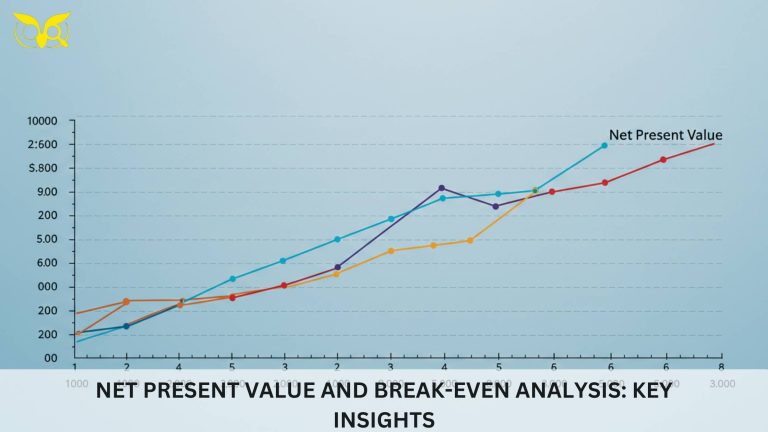
When trading, it’s easy to get caught up in charts, prices, and trends. But there’s another key factor that plays a huge role in any trading outcome: liquidity. Whether you’re a beginner or an experienced trader, understanding liquidity is crucial because it can directly impact the quality of your trades and your ability to reach what’s known as “best execution.”
If you’re looking to deepen your knowledge on this topic, Visit https://immediategp.org/. Let’s explore how liquidity affects best execution and why every trader should keep it top of mind. Does liquidity dictate the quality of trade execution in dynamic markets?
Liquidity as the Fuel for Smooth Trading
Think of liquidity as the oil that keeps the trading engine running smoothly. In a liquid market, you can buy or sell assets without too much hassle and without significantly changing their price.
Stocks like Apple and Amazon, for instance, are considered highly liquid because they have many buyers and sellers at any given moment. This constant activity makes it easy for trades to go through quickly and at the expected price.
On the flip side, illiquid markets can be difficult to trade in, which means assets can be harder to buy or sell without making a noticeable dent in the price. Imagine trying to sell a rare item in a small town—finding a buyer might take longer, and you might have to lower your asking price.
In trading, low liquidity can lead to slippage, where the actual execution price ends up being different from the desired price. Slippage can eat into profits and turn a well-planned trade into a costly misstep. So, high liquidity helps traders achieve best execution by ensuring that trades are processed quickly and close to the intended price.
Balancing Speed, Price, and Size
Best execution isn’t just about getting the lowest or highest price; it’s about balancing three main factors: speed, price, and size. Liquidity is the glue that holds this trio together, making it easier to achieve all three at once.
In a liquid market, traders can execute large orders quickly and with minimal price fluctuation, achieving the “best execution” by getting as close as possible to their target price. This balance becomes much harder to achieve in less liquid markets.
Let’s say a trader wants to buy 10,000 shares of a stock. In a highly liquid market, they might be able to buy all 10,000 at a single price, since there are plenty of sellers willing to part with their shares. But in an illiquid market, there might not be enough sellers at the desired price, forcing the trader to buy in smaller batches at increasing prices, resulting in higher overall costs.
Traders often use algorithms to help with execution, especially in markets where liquidity is unpredictable. Algorithms can break up large orders and strategically time each piece to minimize impact on the price. But even with the best algorithm, liquidity remains a deciding factor. A lack of liquidity can make the best execution a challenging goal, underscoring why it’s critical to understand the nature of the market before diving in.
Navigating the Risks of Low Liquidity
Low liquidity can be like trying to walk through mud; it slows everything down and makes each step more challenging. In trading, illiquid assets can expose traders to unexpected risks.
One of these risks is the “liquidity trap,” where you’re stuck holding an asset because there aren’t enough buyers willing to meet your price. This can be frustrating and costly, especially if you need to sell quickly due to market shifts or personal financial needs.
Another risk tied to low liquidity is price volatility. In a market with fewer participants, each trade can have a larger impact, leading to sudden and sometimes extreme price swings.
For example, a single large trade in an illiquid market could drastically push the price up or down, which can be both an opportunity and a risk. Traders in these markets must exercise caution, as they might get more than they bargained for in terms of price movement.
To navigate low liquidity, it’s essential to have a clear plan and stay informed. For beginners, it’s generally wise to focus on more liquid markets until they’re comfortable with how trades are executed. Consulting with a financial expert or doing thorough research can help traders understand the risks and how to approach them.
Conclusion
Timing is everything in trading, and liquidity plays a major role in choosing the right moment to enter or exit a position. Entering a trade when liquidity is high can mean the difference between a smooth, low-cost execution and a drawn-out, costly process. The same goes for exiting a trade; a well-timed exit in a liquid market allows traders to quickly cash out without sacrificing much on price.
Source: https://baddiehub.news/






